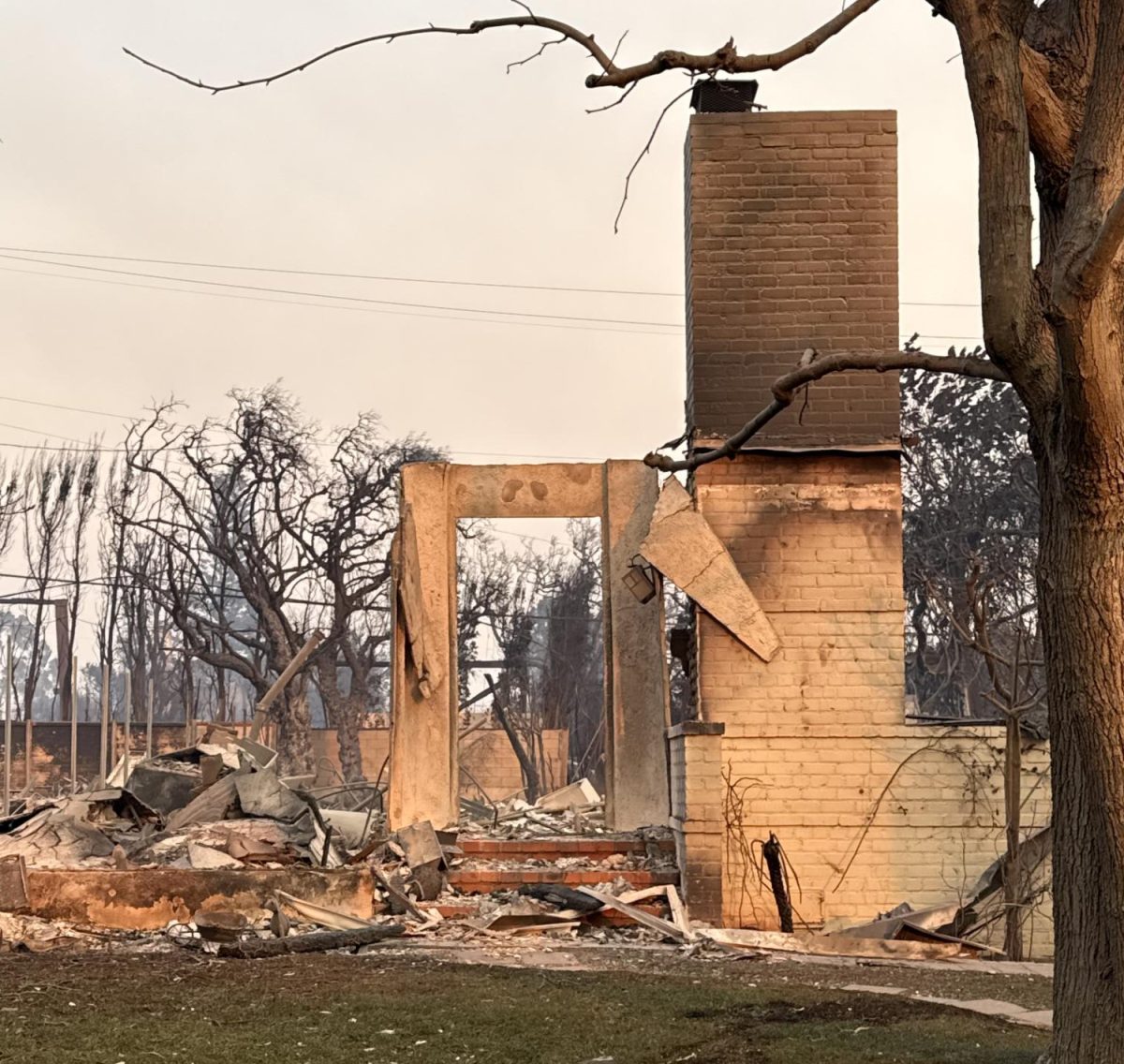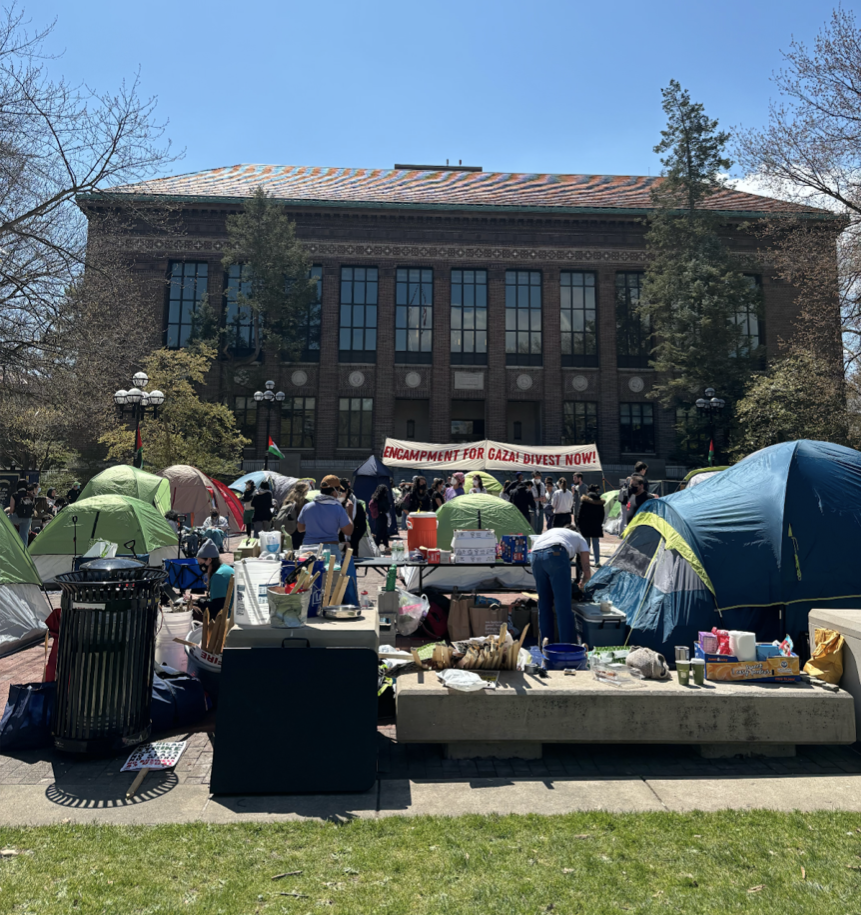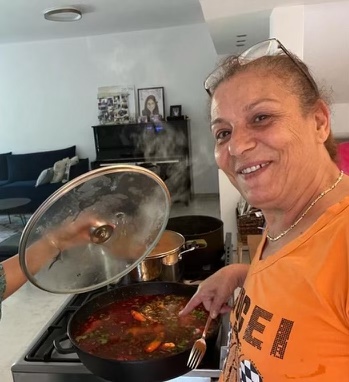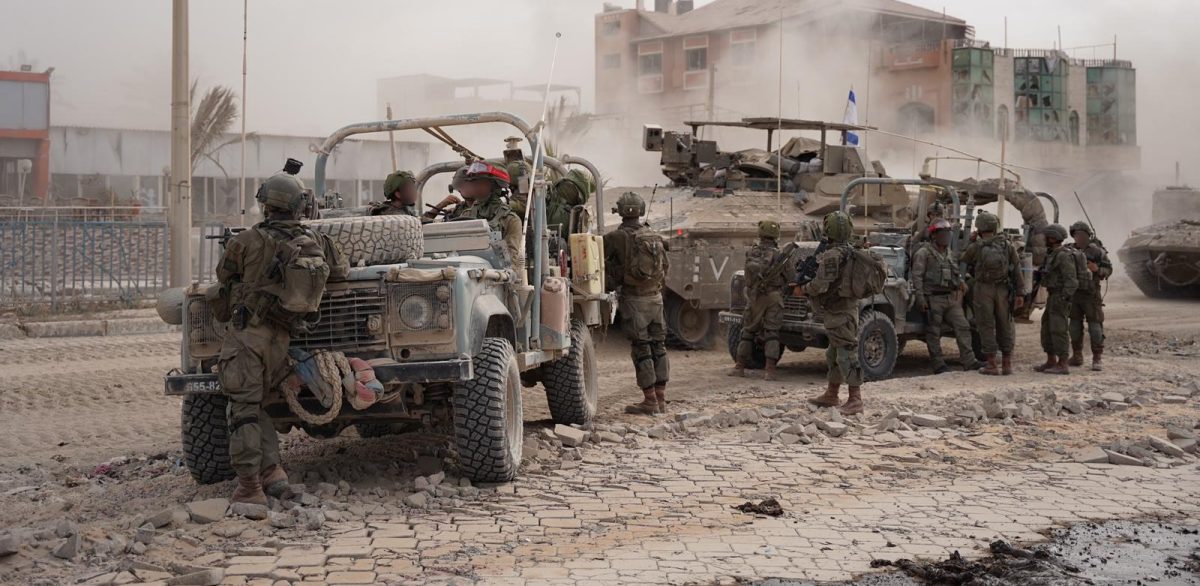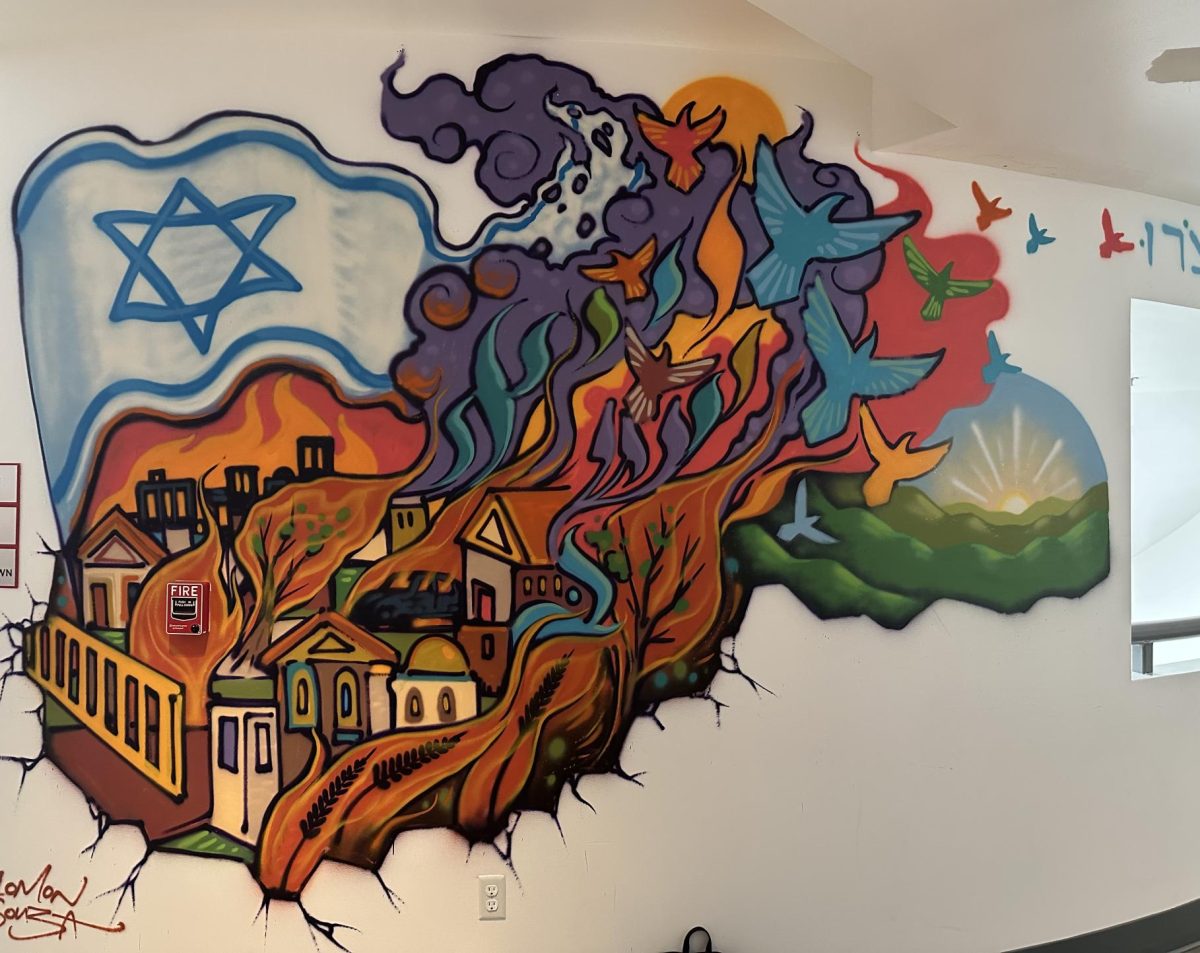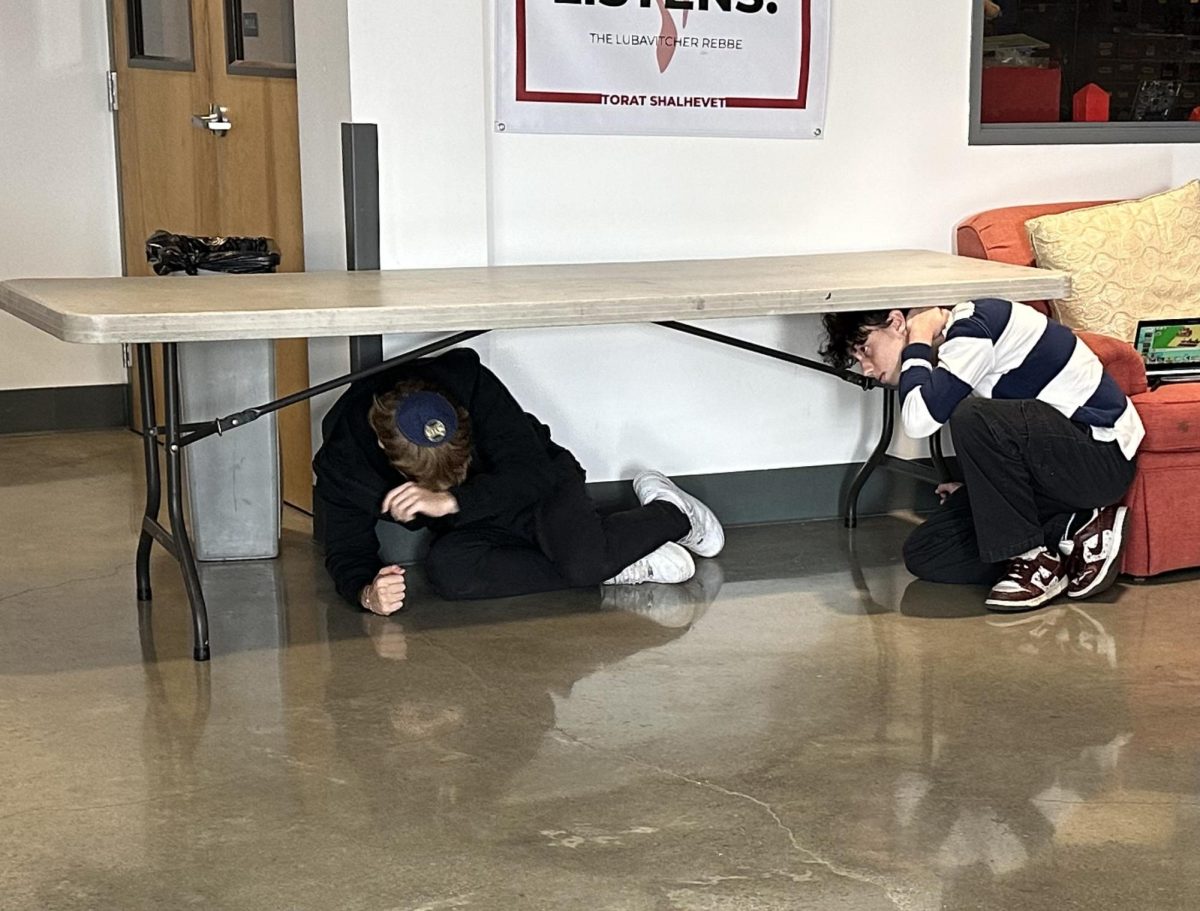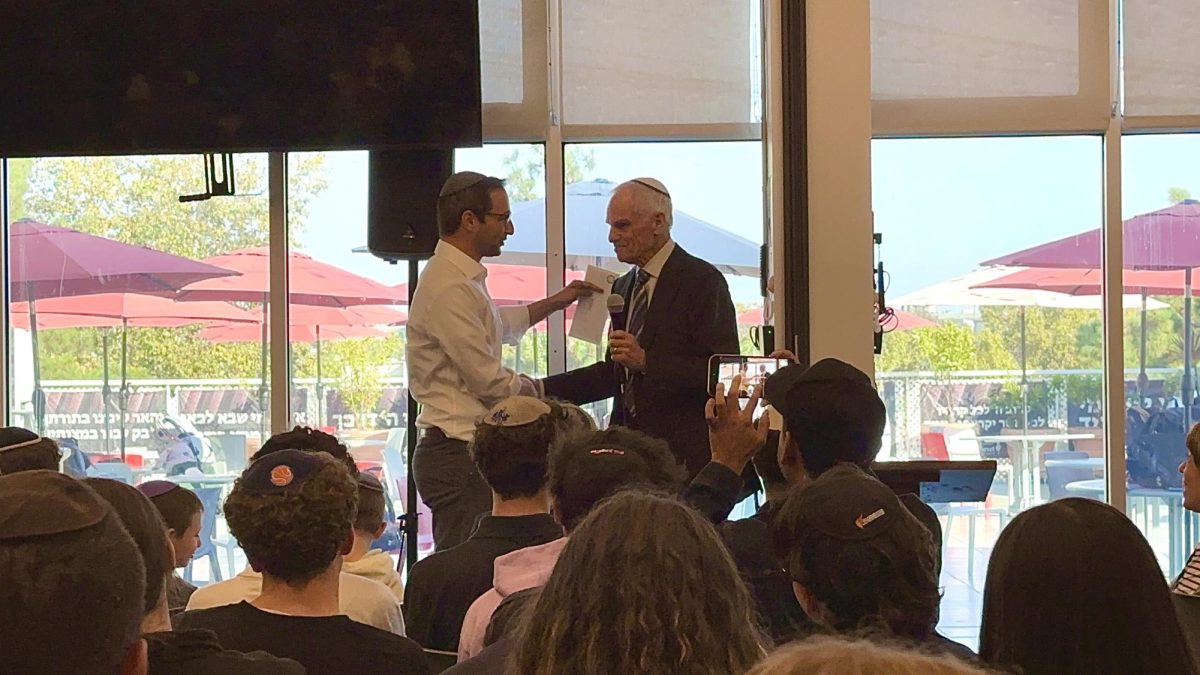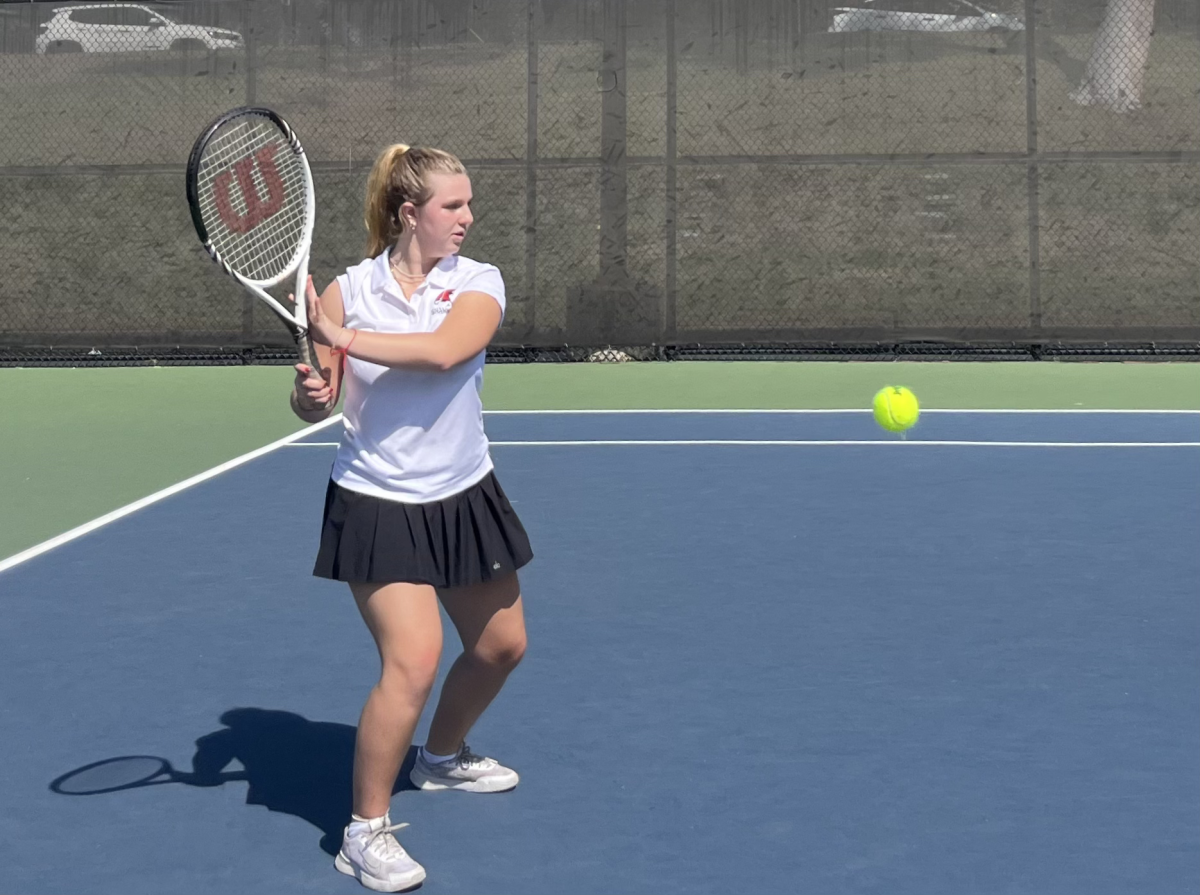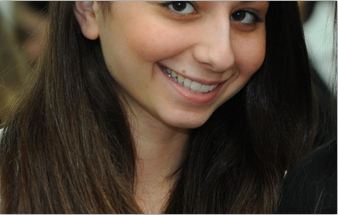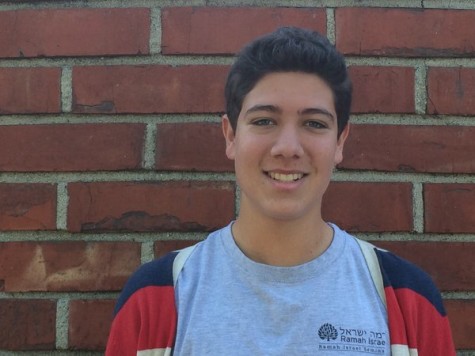Shalhevet added an armed guard to its security team on the Monday before winter break, in the wake of the Dec. 14 killing of 20 students and six teachers at Sandy Hook Elementary School in Connecticut.
According to Head of School Rabbi Ari Segal, the school’s Board also created a security sub-committee in response to the shooting.
“They are going to start doing an assessment about what we can do and see what we can do going forward,” said Head of School Rabbi Ari Segal in an interview. “We just want to make a thoughtful decision and not an alarmist decision about this.”
Rabbi Segal said the reason for the armed guard was in case of possible “copy-cat” attacks.
First-period classes on the Monday after the shooting were cut by 15 minutes for a school-wide assembly addressing the Newtown attack. Rabbi Segal and guidance counselor Rachel Hecht spoke to students about reacting to the shooting and about staying safe at school.
But other safety discussions started happening even before the Connecticut tragedy, as Facilities Director Eli Schiff had been working on such measures since last year with safety consultant Richard Druyen. A Town Hall in November culminated in the school’s first-ever earthquake drill Nov. 14.
“We have reviewed the lockdown procedures and are making them as efficient as possible,” Mr. Schiff said in an interview after the Newtown shooting. “I also have a meeting set with Richard Druyen to have another lockdown drill after break.”
At the safety assembly, Mr. Druyen said his job was to teach companies and schools to “panic in an organized way.” He spoke about the safest way to respond to either an earthquake or an armed intruder.
In the weeks following his visit, each classroom door was fitted with a dark window cover that attaches with Velcro, either to the window itself or a place next to it on the door. In a lockdown, teachers would move the cover to block an intruder’s view into the room.
Mr. Druyen also showed a short video about earthquakes and then listed ways to react. He then had students duck under chairs and practice how to protect their necks. Although most students participated in the drill, parts of the room erupted into chaos, with some students screaming jokingly that they were all going to die.
Mr. Druyen then told students to exit the building. Half the school exited the building directly to the parking lot, as instructed, but the other half walked out the side doors into the Zen Garden and then re-entered the building before walking outside. This was a mistake, because Mr. Druyen had clearly stated that entering any building after an earthquake was unsafe.
After five minutes in the parking lot, students returned to the Beit Midrash, where Mr. Druyen told them that in a real earthquake, students who went through the Zen Garden could have been killed.
Despite the mistakes in the assembly, Mr. Schiff feels the school’s safety is improving.
“I think we are getting there,” Mr. Schiff said. “I don’t think anyone can be totally prepared. You can make procedures and do what you need to be as prepared as possible.”
He said additional drills would be held later in the year.

